The floor is perceived by many as a ready -made finish coating of linoleum, parquet ...
|
|
The sewage system is one of the fundamental engineering systems as in ... |
A country house cannot be represented without a fireplace or furnace, which means that necessarily ... |
How to warm a garden house correctly
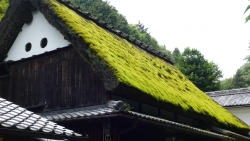
For many years, the townspeople have a garden house with a small summer building, which is collected from improvised materials. With the onset of inexpensive building materials, developers presented the opportunity to quickly build inexpensive housing, which is suitable for relaxation in the summer. And so that in a small country house it was warm in the winter cold, it is worth thinking about decent insulation and heating of the garden house.
Content:
The need to warm a garden house
As you know, the main purpose of the garden house lies in the formation of a recreational environment, that is, creating the conditions of life support in nature, which are close to home, for the effective implementation of the planned plans. Many gardeners extend the season of personal work until deep fall, and in winter they willingly come to ski and relax.
But such a pastime will often be impossible and that's why. Country garden houses, as a rule, have a very simple design - a frame made of wooden beams, which is sheathed with lining. Inside the house is finished with plywood, it, in turn, is glued with wallpaper. If you have not created proper thermal insulation in the summer garden house, it will be very difficult to maintain heat in a similar structure in winter, since the internal space between the skin is not filled with anything.
You can disagree and choose the option of warming up the instrument with a cramm. However, in this case, you should remember that this is not for long. Open -fire lovers need to know that the coefficient of useful effects of fireplaces is low, it is only 10%, so it will not work to warm up. The warmth will be temporary, and the brick house will even have to warm a day or two for a short time. Therefore, you still have to think about thermal insulation. Meanwhile, it is not particularly difficult to insulate the garden house.
Since the need for residential premises in winter will be smaller than in the summer, in order to save thermal insulation and building materials, as well as saving fuel on heating, not the whole house can be insulated. In the garden house, it is enough to insulate one or two rooms, depending on the area of \u200b\u200bdevelopment and the composition of the family. Well, if there is a brick stove in a garden house.
Only in this case, it is possible to spend the weekend in the early spring, late autumn and in the winter and in a winter and slowly redoing all the upcoming work, for which it was not possible to cut out the time during the summer-rich and surgery of the summer period. Before moving on to practice, remember that it is recommended to carry out all thermal insulation work when summer is in the yard. If the cottage is two -story, or the living area of \u200b\u200bone floor is too large, it is also worth thinking about water heating.
The choice of materials
The most practical heater are glass wool, polystyrene, foam, foam, and wood -fiber plates. You can warm the walls of stone or brick houses using bulk materials that are placed between double walls or use the latest liquid thermal insulation material for walls. However, the materials that our grandparents used are not behind them.
Industrial insulation
For thermal insulation of the garden house, industrial insulation is most often used. Mineral heaters need to be insulated from moisture. These include mineral wool and fiberglass. Mostly mineral heaters are used to protect floors and facades from the cold.

Mineral wool in construction has been used for many years in a row, it has established itself in the best way, since it is not subjected to shrinkage, maintaining its own technical parameters at a high level for tens of years. This material gained its popularity due to the ease of laying and low price.
Pulp heater is represented mainly by ecowide, which is used to warm the facades, roofs and floors of summer houses. Polystyrene materials or polystyrene foam are needed when warming roofs and facades, and they are also necessary when warming the foundations. It is possible to insulate the garden house with such materials from the outside and inside.
Improvised materials
You can prepare some materials yourself. They are not inferior to minerals and are widely used in individual construction of organic heater, such as sawdust, reeds, moss, sedge. You can add a whole list of insulation materials to them: half, straw, hay, fine wood chips, peat crumbs and others. In different areas of our country, there are still many leather insulation. Large material must be pre -chopped, for example, chopped with an ax.

You can make material for insulation independently from improvised means that gardeners always have. This is a plastic film and old newspapers. To insulate the garden house in this way, a film is placed between the sheets of newspapers and ironed. The resulting thermal insulation material is customary to stick on the walls under the wallpaper.
Requirements for insulation
For mineral insulation (mineral wool, glass wool, polystyrene, foam), as well as small wood chips, sawdust and moss, the thickness of the filling should be at least 10 centimeters, while you can count on the air temperature outside up to minus 20 degrees if one indispensable condition is an impenetrable external cladding. For more porous organic heater, the thickness of the backfill should increase to 1315 centimeters.
Mineral heaters need to be compacted so that, after pressing on them with a hand, the material returns to its original position. If the heat insulator is in mats, then it should not be loosened. Small chips and sawdust are compacted to a dense state. Hay, straw, sedge, reeds, large wood chips are customary to chop, chop, and the smaller the components, the better.
If you are interested in how to properly insulate a garden house and spend a minimum of money, then pay attention to the following information. To save expensive heat -insulating material and cash, it is possible to simultaneously use mineral and organic heaters, laying them like a layer pie, it is especially useful to do this in those designs where you need to fill them with all thickness, for example, when warming the floor or in inter -story ceilings. The layer of the best insulation is recommended to be laid from the side of the cold source.
Remember that before using any material should be completely dry, otherwise it will lose its thermal insulation properties, and organic heaters will also rot with all the ensuing inconvenience and troubles.
Warming of a garden house
The pressure of the inner warm air in the garden house is always higher than the cold external, so warm air and strives to break out into the street. As you know, heat losses in any building, in particular in a garden house, occur through the floor, ceiling and walls. Discomfort conditions occur if the difference between the temperature in the construction and the surface of the walls of the walls is more than 6 degrees, and the difference between the air temperature and ceilings is 4 degrees. The best thermal comfort will be provided with a temperature difference of 3 degrees. We figured out the reasons for heat loss, now it is worth finding out how to insulate the garden house.
Floor insulation and foundation
The thermal comfort of the garden house will depend to a large extent on the construction of the floor. More often they are a row of boards that are laid on the lags, and linoleum, chipboard, and fiberboard are on the boards. Such floors are the usual basis for furniture, but not an element of thermal insulation. A strong cold penetrates from the ground through these floors. The legs freeze from the cold floor, and even the high air temperature cannot save from it, since the temperature is always lower than at the ceiling level below.
If the house is built on a strip foundation that is continuous, then in the basement, most likely there are exhalations of special holes that are made to ventilation of the space under the structure. Such fools should be closed without fail. You can close them with a piece of insulation, polystyrene or an unnecessary rag. It is important to open such fools in the spring.
Nowadays, summer residents often buy garden houses ready. They bring such a building to the site, place it on the columns that act as the foundation, conduct electricity and you can safely celebrate the housewarming. But it is worth noting that the bottom space in this case remains completely open. Therefore, it must be closed. And you can do this by making a bunker.
Blind to the bottom of the house around the perimeter of iron, sheets of rubber or boards. Then sprinkle it all with the earth. Under the construction, an air cushion is formed as a result, which will prevent the penetration through the floors of the cold. In the spring it is customary to clean the ground or make vents, using, for example, pieces of plastic pipes, which have a large diameter. Suitable for those used for intra -sewer systems.

To insulate the floor in the self -built garden house, the floor should be disassembled. You can use any available materials. The floor insulation is most often done in layers. To make the floor warm and dry, it is mandatory to tear underground from the ground. With dry soil and low ground water, limit yourself to a plank flooring, which is laid in lags. The supports will be low brick columns that are waterproofed using two layers of roofing material on bitumen mastic.
Brick columns should be based on a layer of skinny concrete. Under it there should be a waterproofing layer of clay, which is previously large with water, which will protect the ceiling structures and underground from ground dampness. Below is a tamped soil. The floor of a similar design serves for a long time, not affected by a fungus and moisture.
Often, summer residents recommend insulation of the garden house on the ground. Pour a layer of crushed stone, sand on top and compare this mass tightly. Lay over a layer of the thermal insulator. Then it is customary to place the material for waterproofing and the grid for thermal insulation, after which you can safely fill the concrete screed.
With a high level of groundwater, when warming the floor in the garden house, it is customary to raise it above the ground at least half a meter. In this case, the floor should be done double, with a heat insulator. Within the framework of this option, summer residents do this: the black floor (for this purpose the old finish is perfect), a layer of the heat insulator (polystyrene or mineral wool foam) and a new finishing floor. The space between the draft and the clean floor must be ventilated, for this they make ventilation holes in the clean floor - in the corners of the rooms.
An important stage in the heating of the garden house is to protect the basement, if any, and the foundation. The choice of thermal insulation material for the foundation should be approached more carefully, you need to buy quality material, because it will affect the thermal insulation of the building and the safety and durability of the supporting structures. Warm all sections of the foundation without sparing the material, because you can save up to 40% of the outgoing warmth.
Overlapping
Roof insulation is of great importance, because almost 10% of heat goes through the roof. When choosing a heater for the roof, you need to be guided by climatic features, the presence of snow and wind loads. Remember that the materials should be durable, resistant to humidity, fire -resistant, non -toxic, it is important that the heat insulator does not give shrinkage.
The use of polymeric materials when warming the roof of the cottage will not be the most rational solution, because they differ in the properties of increased combustibility, and you will need to make serious measures to increase the fire safety of the construction. Following from all of the above, it is advisable to use stone cotton wool to warm the roof.
In attic floors, it is usually customary to be limited to the device of the vapor barrier layer, because the roof is most exposed to moisture in the form of precipitation. When moisturizing the insulation, air is displaced from its pores and replaced by water. An increase in the humidity of the heat insulator by at least 10% provokes a decrease in heat -shielding indicators by half!
Fasted water worsens even more the properties of the insulation. That is why, when warming the garden house, you need to pay attention to the device of reliable vapor barrier. It is cheaper and easiest to make a vapor barrier layer of soaked clay in water. Clayer -sulfide lubricant, which has a thickness of 2025 millimeters, is applied directly on top of the ceiling boards.
As a thermal insulation material for ceilings of garden houses, you can use moss. It is persistent against decay, perfectly absorbs water vapors and instantly dries. Moss, unlike other materials, does not cake over time and does not lose its own thermal insulation properties. In the buildings that are insulated with moss, it will always be dry, and there is no smell of musty. In order not to damage the heat -insulating material, running boards are nailed on top of the ceiling beams, which have a width close to 4050 centimeters.
Wall insulation
The methods of insulation of garden houses differ, depending on the design. The very first method external insulation, the so -called cake includes several layers: a heater that is attached to a supporting structure, a reinforcing mesh based on an adhesive and two layers of plaster itself. The second option: Thermal insulation material is attached using anchors with a hinge, then a welded grid of stainless steel is placed, and a thick layer of plaster is placed.
You can warm the walls of the garden house with the help of hinged facades. The idea of \u200b\u200bsuch a design is very simple - between the thermal insulation material and the rain screen (the outer side of the facade) there is an air gap, which allows moisture and water vapor to go outside without hindrance, preventing the appearance of fungus and mold. For this purpose, stone wool insulation is best suited.
The greatest effect from the procedure for insulation of the cottage will be obtained by facing walls from the inside with a leaf material with an organ or plywood laid on a crate from wooden rails. Put the space between the new and brick glass of glassy, \u200b\u200bor fill it with tightly tamped sawdust, nailing horizontally boards. It is recommended to wrap a log house with mineral wool and sheathed with siding or lining.
You can use material for insulation in any combinations. For example, the lower part of the walls, where the boards are located vertically, insulate it conveniently non -packed materials, which is well lend itself to compaction in any direction (glass wool, mineral wool, moss, sedge, reeds, hay, straw, hay), and the upper part, where the boards are placed horizontally , can be protected from cold and loose materials (small chips, sawdust).
Such a wall will quickly warm up due to a small mass, while too thick boards with all the apparent advantages have worst heat-industrial properties. They will heat them to a comfortable temperature in the cold time will require large heat costs. And another prerequisite for insulation of the garden house, the outer walls should be non -proceeding.
To ensure the illumability of the walls, it is enough to put some dense material under the external cladding, whether it is thick paper, cardboard, only, roofing material, permamine or polyethylene film. The cladding of boards to a spoon or a quarter of the non -proceeding cannot be counted, even if it is tightly driven, the cracks will still occur, because the boards have defects, are crushed and shrinkage.
And so that the rodents who like to settle in any insulation, without disdain to the glass wool, should be done carefully, without cracks, without cracks, in your garden house. Reliable protection against not past guests is the laying of roofing material. After that, think about arranging a stove in a garden house with your own hands or installing a compact gas boiler.
Windows and door insulation
Do not forget to finally insulate the entrance in the house of the door and the windows through which the most heat is lost. The windows in garden houses are mostly wooden, which require some preparation before the cold. The tree is an excellent material, but over time it transfers it, glory, it is drying out, and the paint climbs. As a result, gaps occur, through them cold and penetrates.
A cottage with unscarried wood windows can be heated for a long time, and it will still be cold. The house, in the end, will warm up, but with a decrease in the power of the heater, or if you did not throw firewood into the stove, it will instantly become cold again. And the reason for this drafts that penetrate from these cracks in the windows and take heat. Therefore, the issue of thermal insulation of the windows begins with the tight fit of the frames. Be sure to inspect the location of the windows to the walls.
Check, maybe it brings out from the gap between the frame and glass, and if you notice the leak, then just replace the staff. In the autumn season, it is also recommended to seal the windows. You can follow grandmother's tips and do in the old way: paper that is pasted on a paste - a solution of flour and water. In construction stores, you can purchase adhesive tape, which is also well suited.
If there are large cracks between the frame and the wipes, it is better to pierce them with cotton before pasting. And in order to minimize window heat losses, it is recommended to install metal-plastic windows with two- or three-layer glazing, as well as use glasses with energy spraying and pursuing all the cracks.
It is good if the garden house has a vestibule, in other words - the front door from the living room is separated by another door. In this case, there should not be strong drafts and cold bridges from the street. Nevertheless, the front door to the cottage, regardless of whether there is a vestibule in front of it or not, is recommended to be sheathed with insulation. To warm the door between its walls, place the insulation material, as well as the jambs and joint of the door, glue the heater.
The easiest thermal insulation material is suitable, the one that is sold as a kit made of dermantine, foam rubber and decorative nails. The cost of such a set is not too large. Everything will cost you a couple of hundred rubles. But the insulated door will help the owners save on heating more than one kilowatts of electricity.

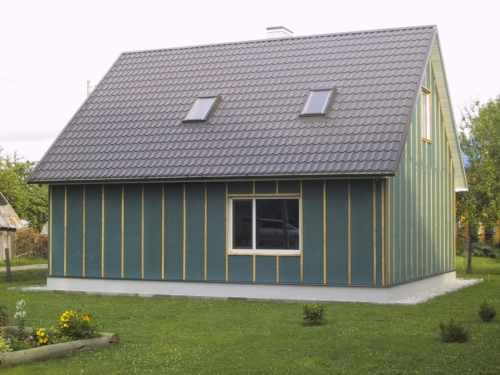


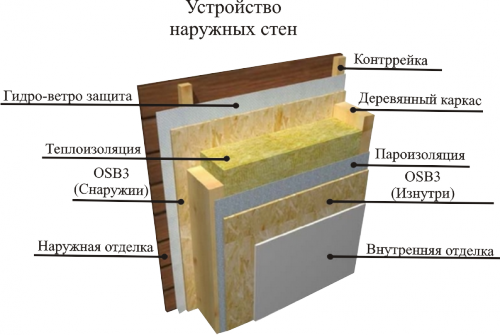
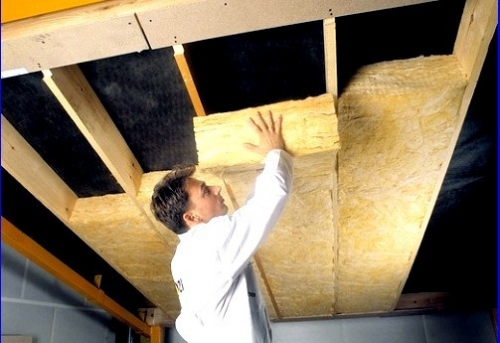
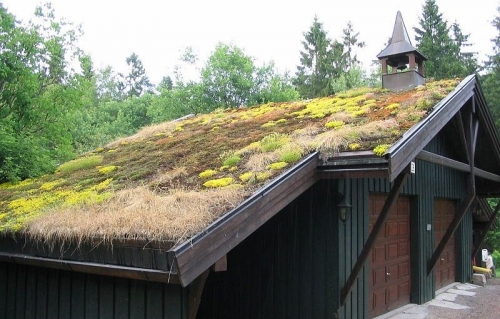
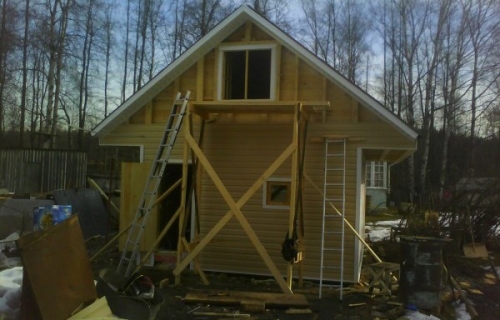
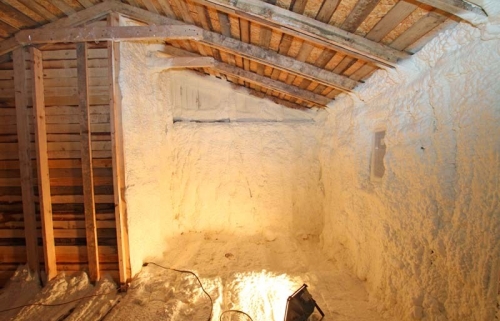
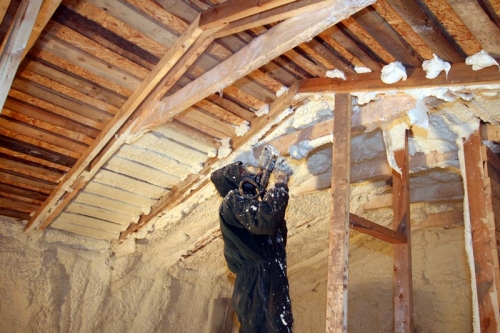
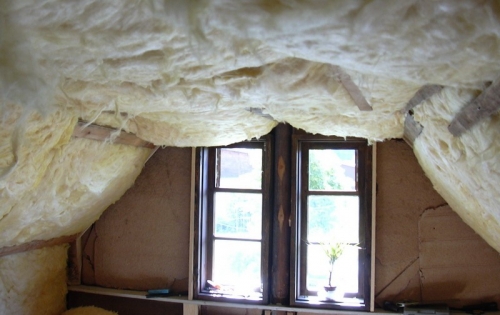
thanks! for advice!
thanks! for advice!
If the insulation gives a shrinkage
If the insulation gives a shrinkage from temperature and humidity drops, then the house will not only be cold, but also begins to rot. She sheathed the house with a heater of the north from the moss. I chose that I would save that the house would be longer, that it would not be necessary to redo it, and even because I know for sure that at home, those lined with moss have been standing for almost centuries.